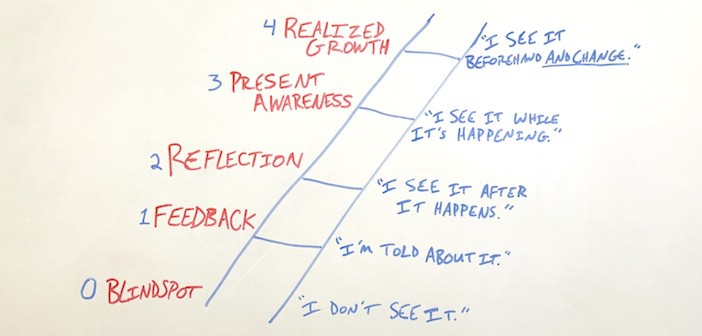There is something about my to-do list. Every time I look at it, it has become longer. The rate at which I can accomplish projects is much slower than the rate at which my list is expanding. Recently, I felt like it took on a life of its own. I became overwhelmed by the realization that I would never accomplish everything I had set out to do. Maybe you’ve never experienced this problem. But if you are driven to succeed in any way, my guess is that you probably have and likely still do.
Yesterday, I decided that it was time to take control of my to-do list. I was tempted to rip it in half and flip a coin to determine which part to throw away. But instead, I developed a more strategic solution. Instead of prioritizing tasks by what felt most urgent in the moment, I ranked them by their true value and likelihood of success. As soon as I finished, I had a much better perspective of my workload and a clear plan to attack it. If you have been feeling the same to-do list overload, the following solution may be just what you need! Here is how you can take control of your to-do list…

*Example not an actual representation of job responsibilities…I wish this were my list
1. List All Major Projects
The items on your to-do list tend to be smaller components of larger projects. Some of those projects are reoccurring (i.e. service planning) while others are short-term (i.e. improvements projects). Listing the projects that your to-do’s all work toward gives you a much clearer perspective of what you truly hope to accomplish.
2. Rate Each Project by Organizational Value
The projects that get our attention tend to be those that add the most value to our individual department’s. This leads us to tuck our heads and create silos as we focus only on what’s best for ourselves. But organizational value, not department value should be the focus of every employee. We should evaluate every project by asking the question, “How much value does this add to the church as a whole?” Next to your list of major projects, rate each project from 1-5 on the amount of value it adds to your organization.
3. Rate Each Project by Feasibility
It is easy to get excited about a project and jump right into it. But sometimes we jump too soon and decrease our chance of success. Some projects are not very feasible because the required resources are unavailable or the organization’s culture is not quite ready for the shift. Create a third column and rate each project from 1-5 on the degree to which you really believe it can be accomplished right now. As you do, ask yourself, “How likely is it that I could I accomplish this in the near future?”
4. Prioritize Projects Based on Organizational Value and Feasibility
With a better understanding of each project’s true value and feasibility, you can give them all the right level of priority. I suggest that you prioritize projects with a 4-5 level of organizational value and a 3-5 level of feasibility. Additionally, I would strongly suggest postponing any project with a ranking of 1-2 in either field. Focus on feasible projects that add the most organizational value.
5. Protect Your Priorities
One thing is certain: your to-do list will keep growing. You must work hard to keep it from washing out your priority projects. Type up your priorities and post them by your desk. Filter every new to-do by whether or not it fits those priorities. Go through your current to-do list and eliminate all items that are not a part of those priority projects. (I was able to cross off 12 things. These were 12 items that I had been stressing about for no good reason!)
This process helped me finally get control of my to-do list. I really believe it will work for you, too! Take the steps today to establish the right priorities and place your focus where it is most deserved.
Did this process work for you? Do you have your own method of taking control of your to-do’s? Leave a comment and let us know!



